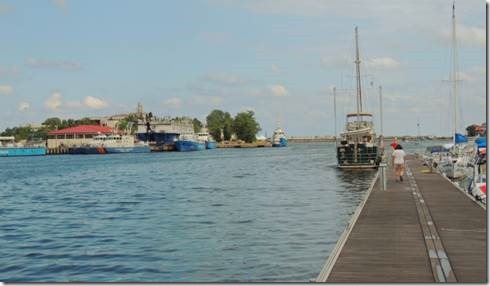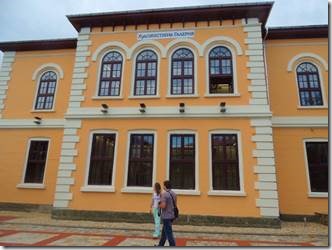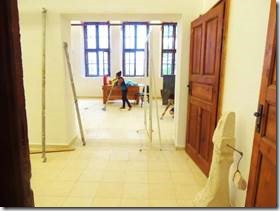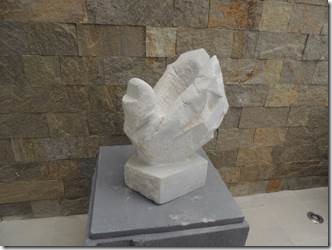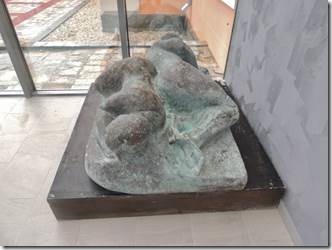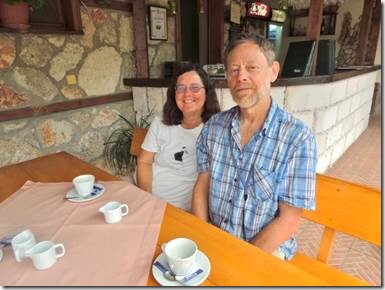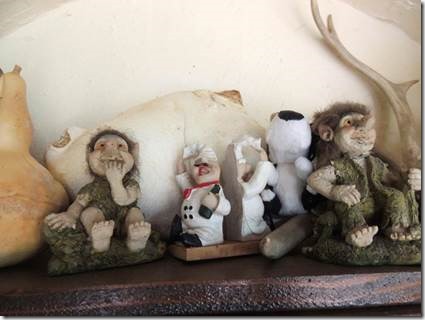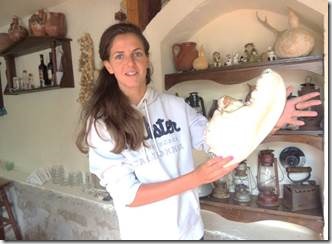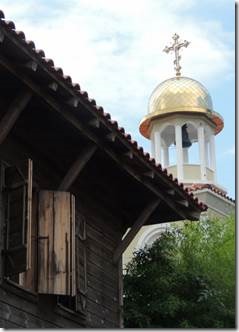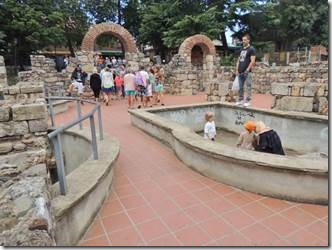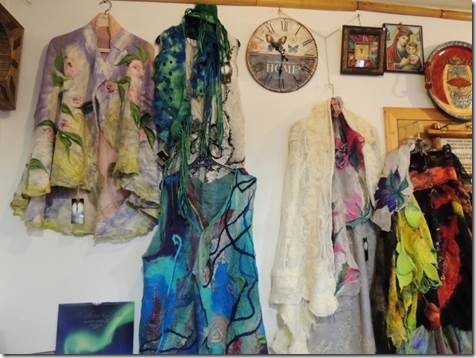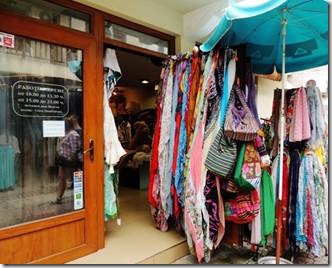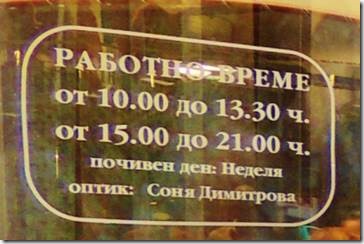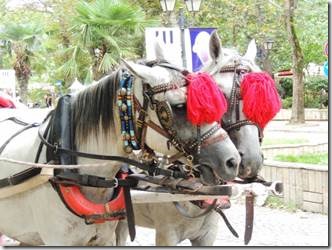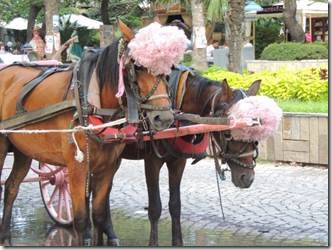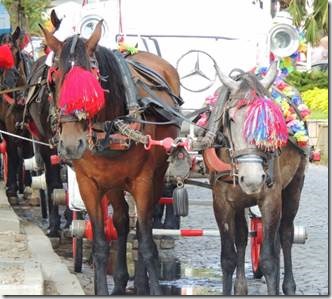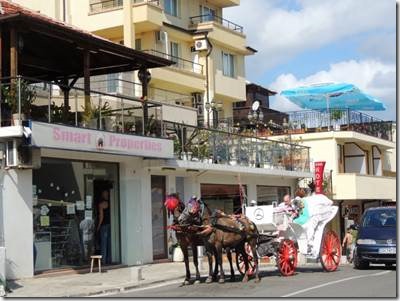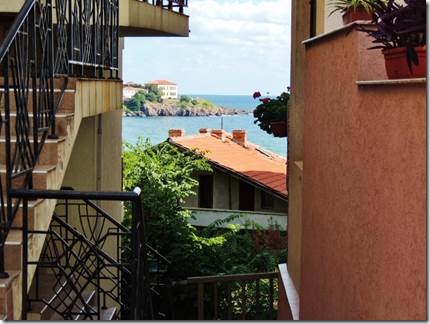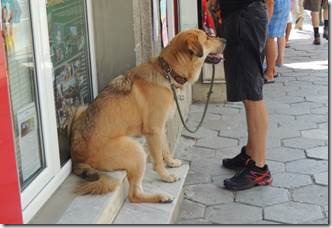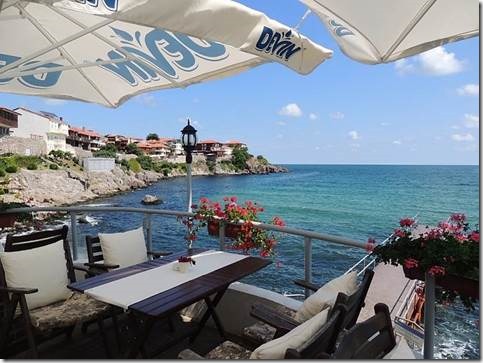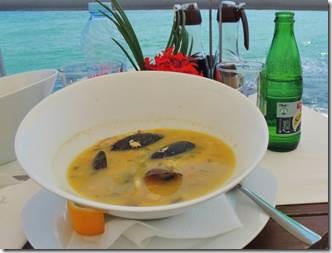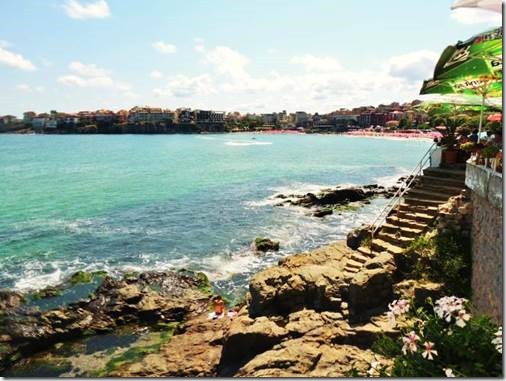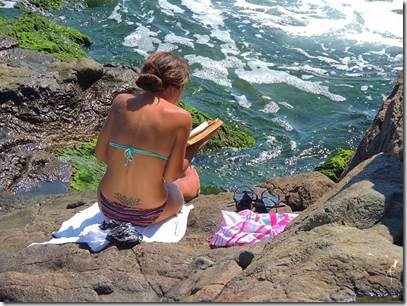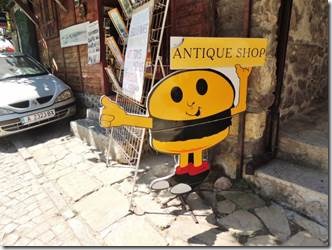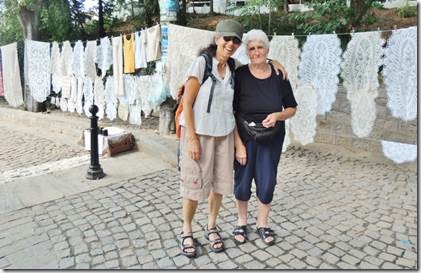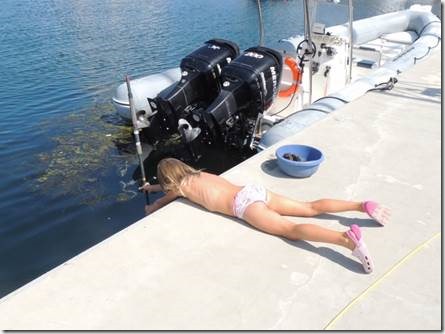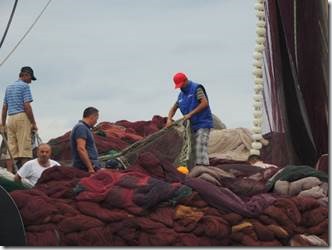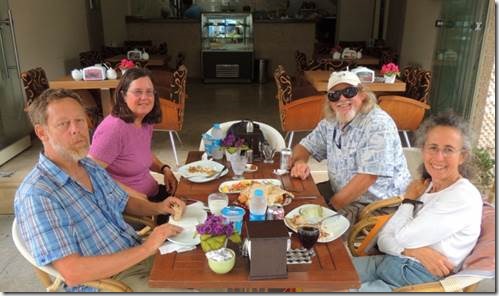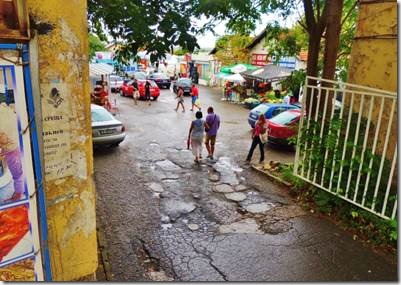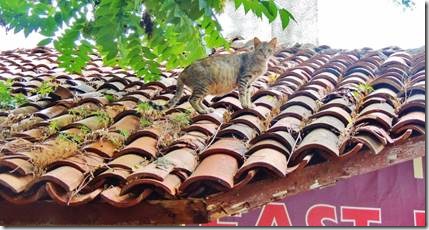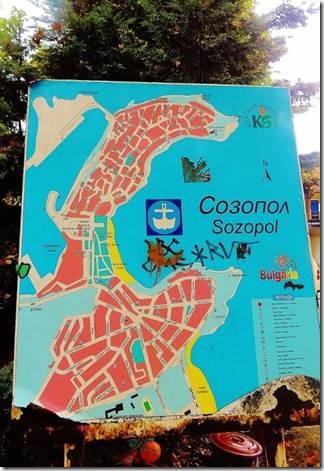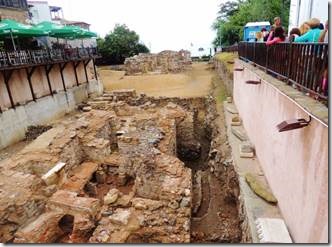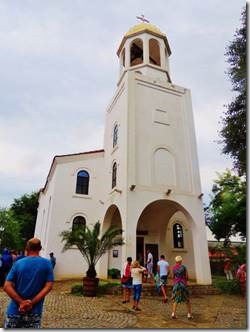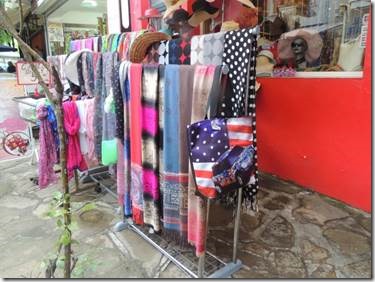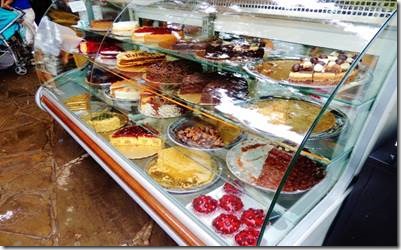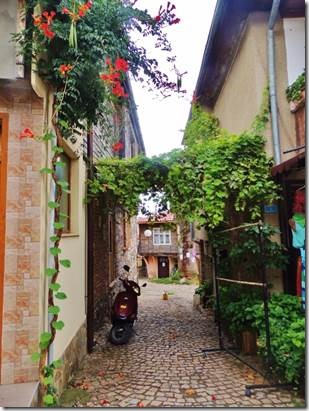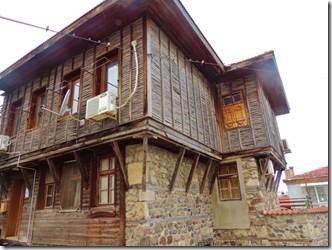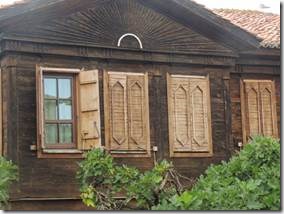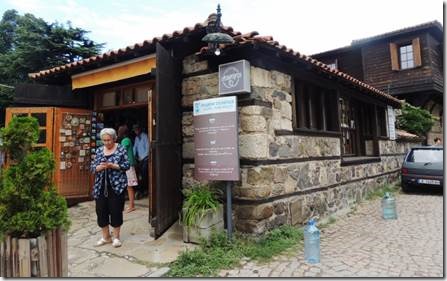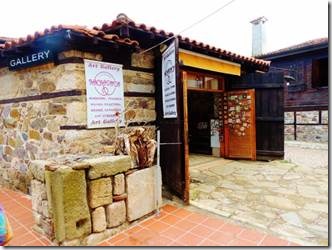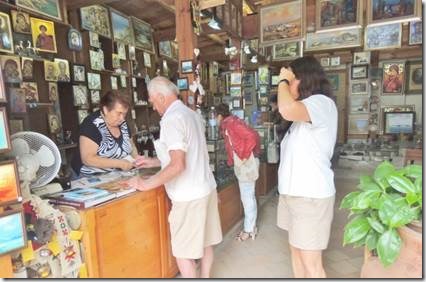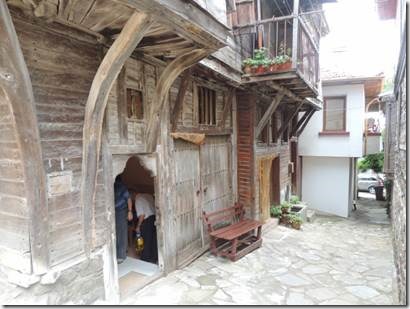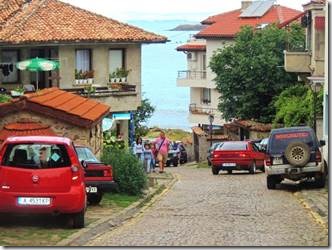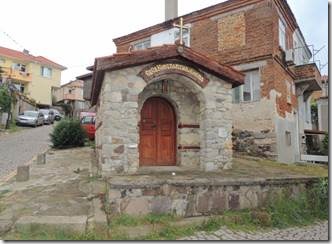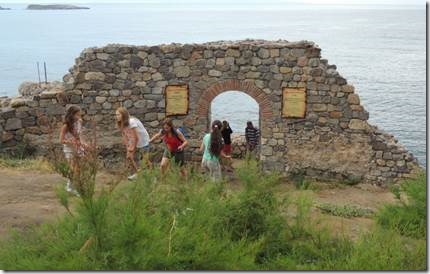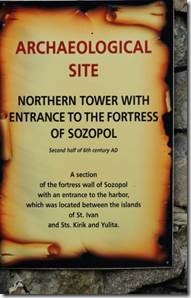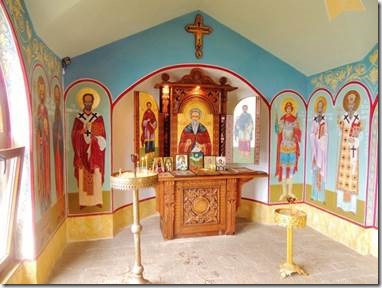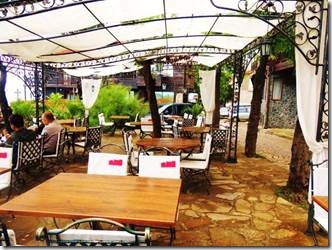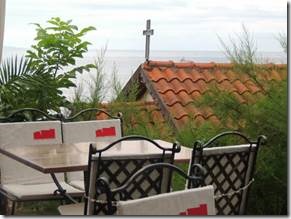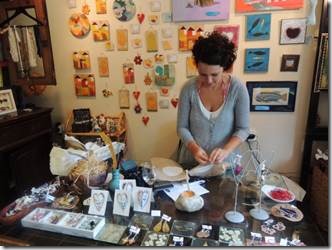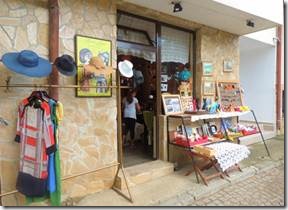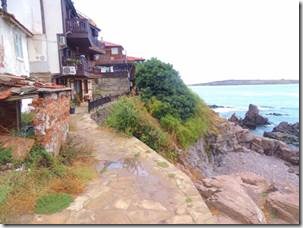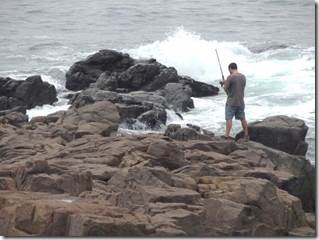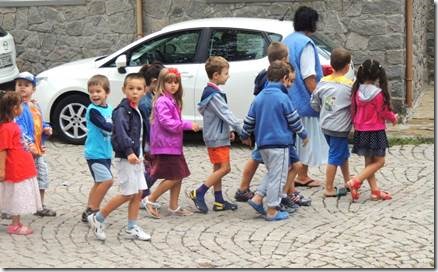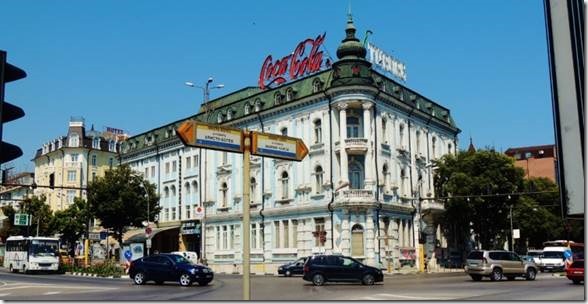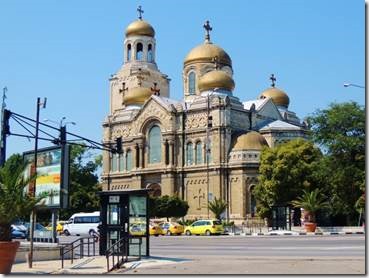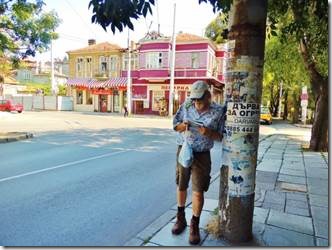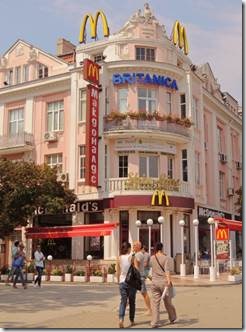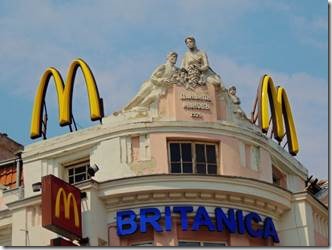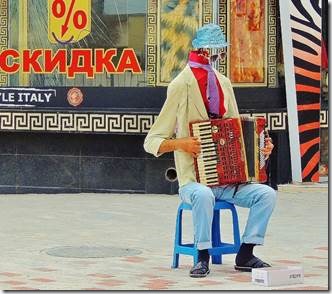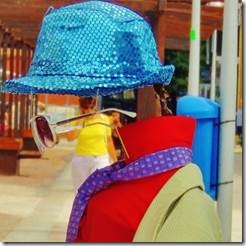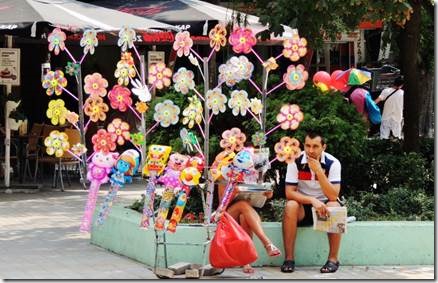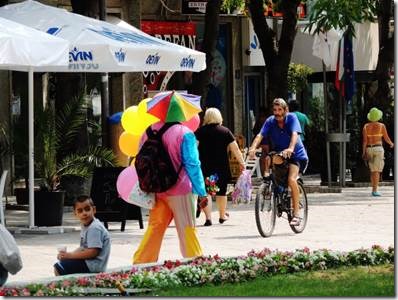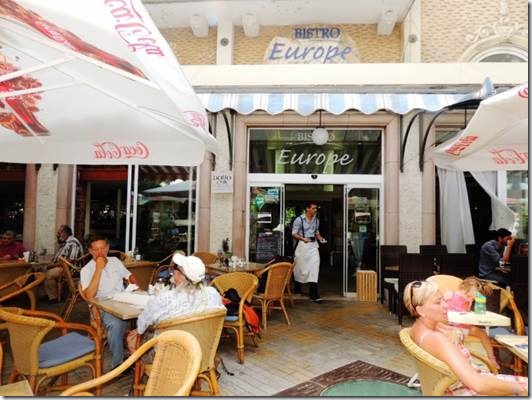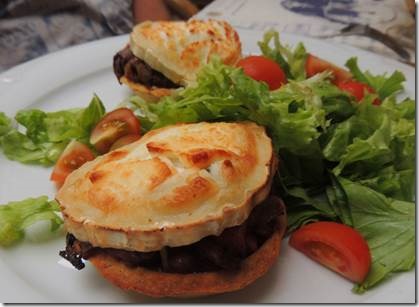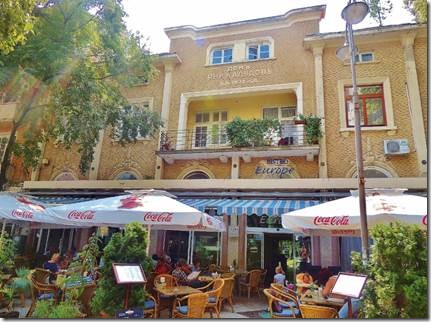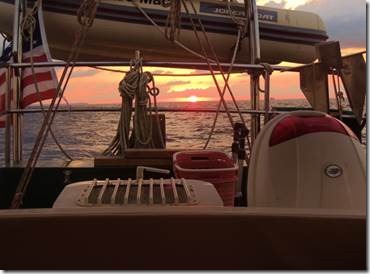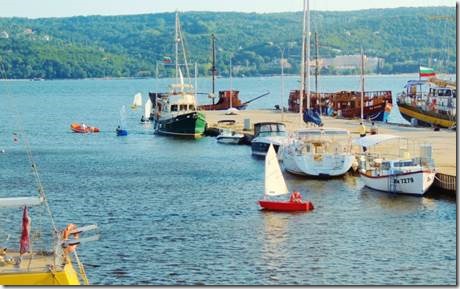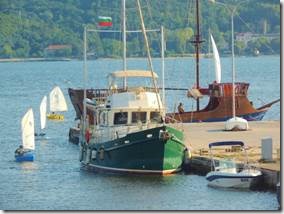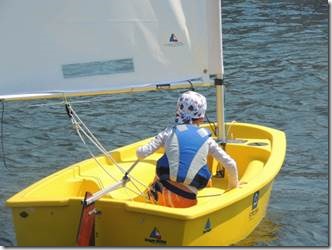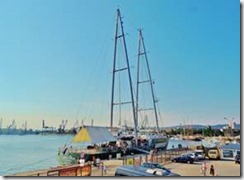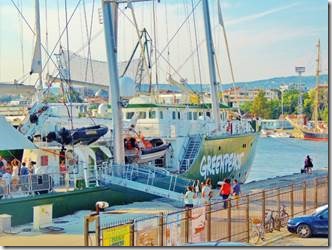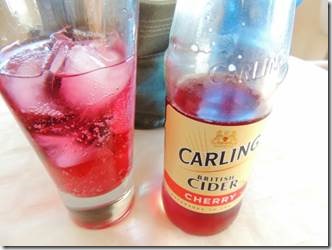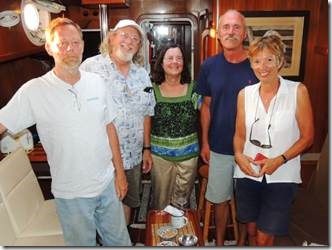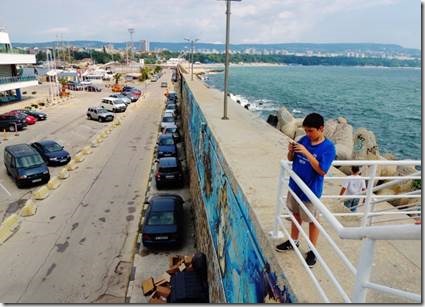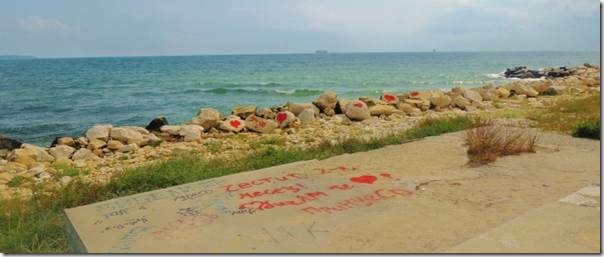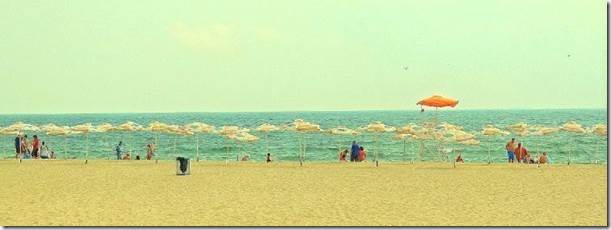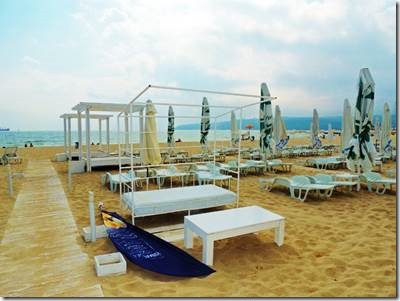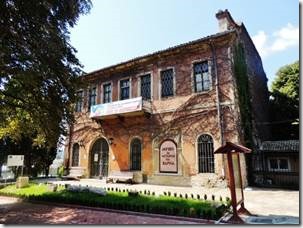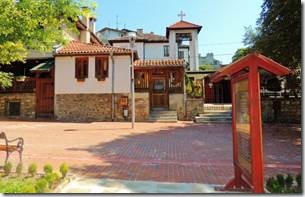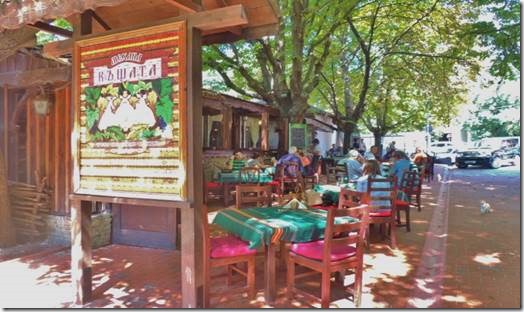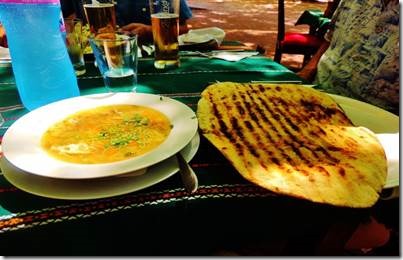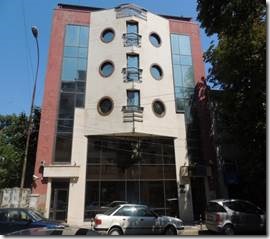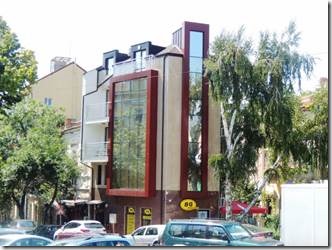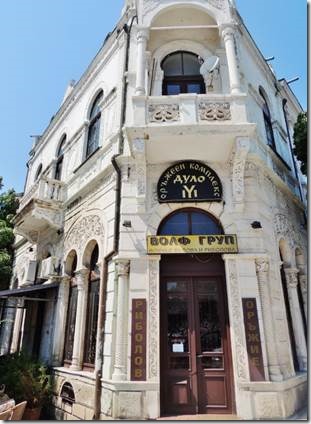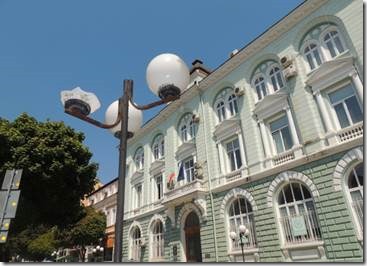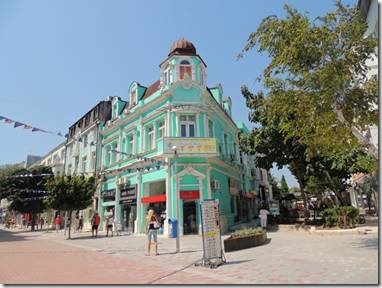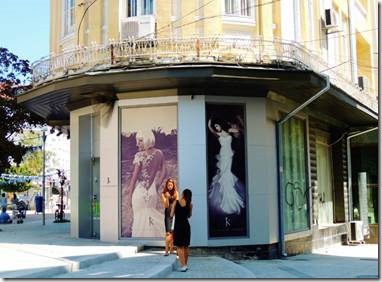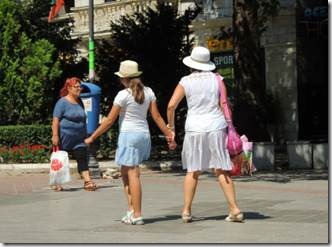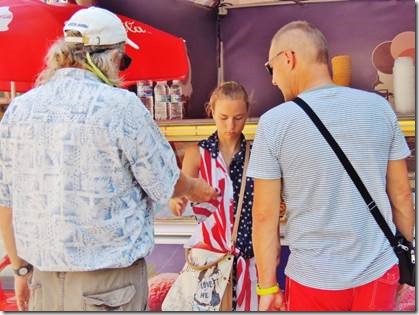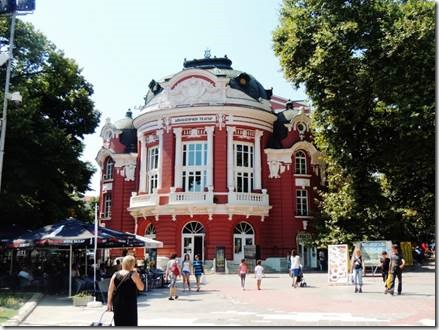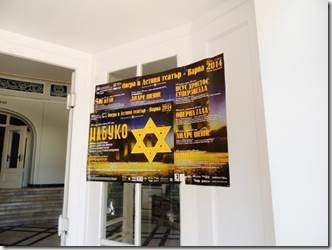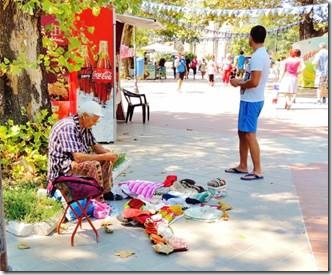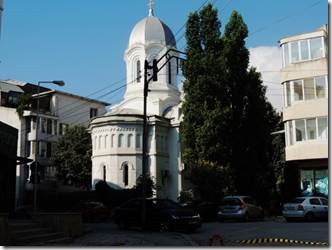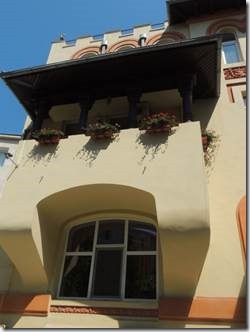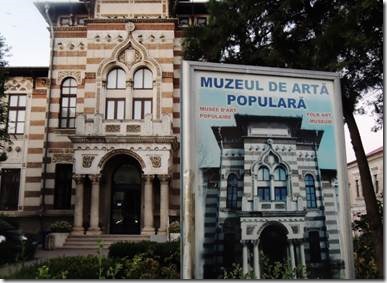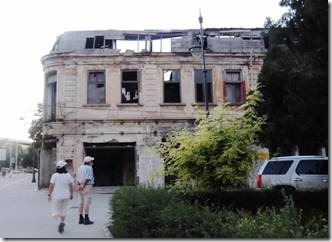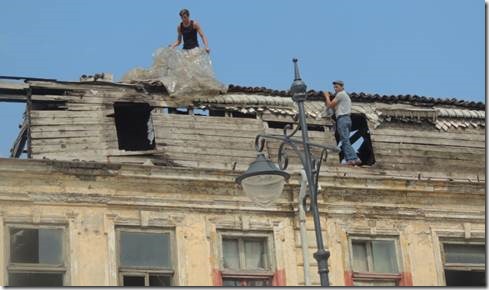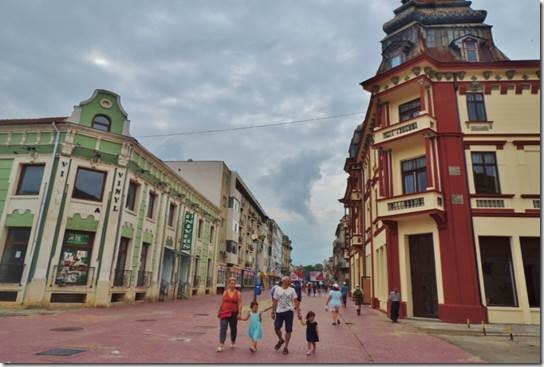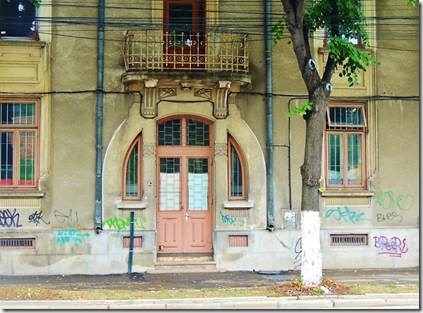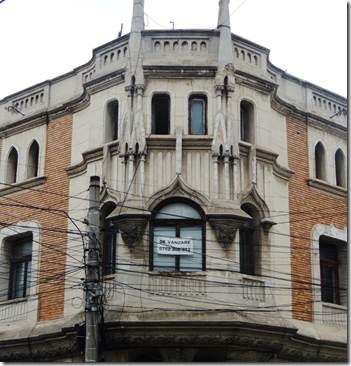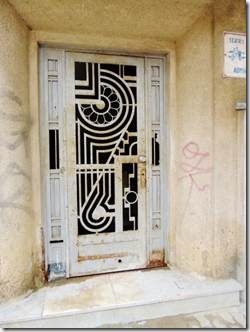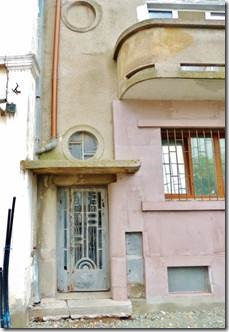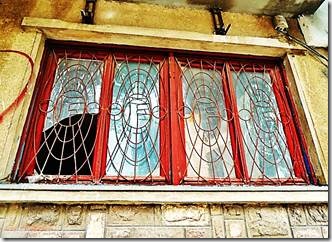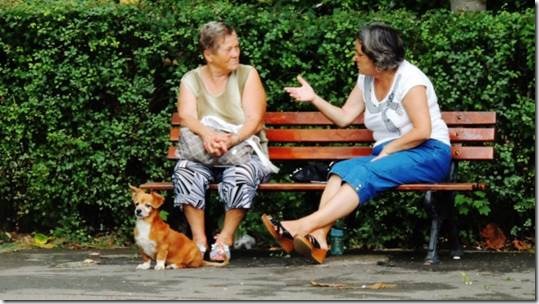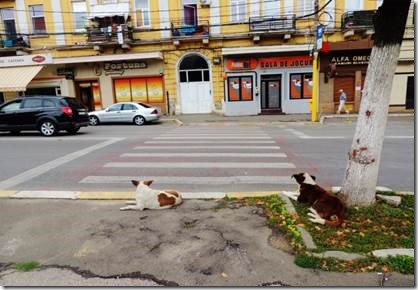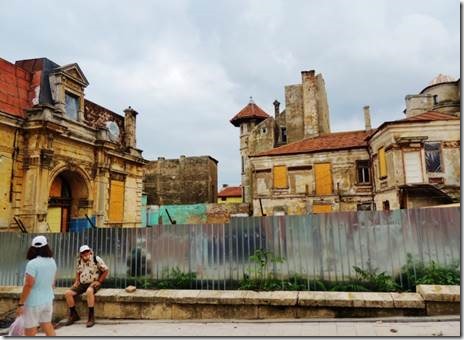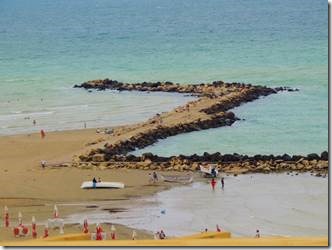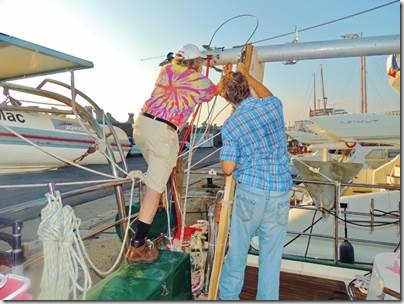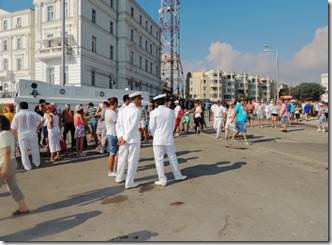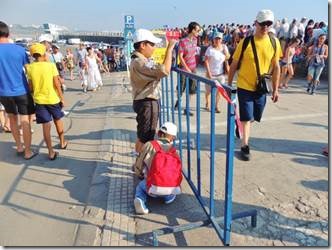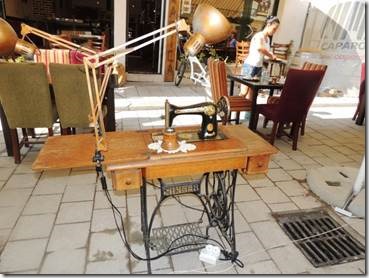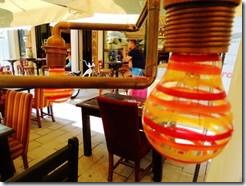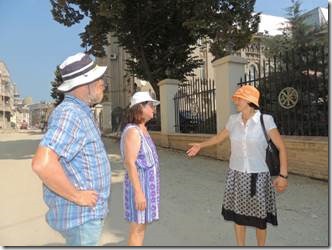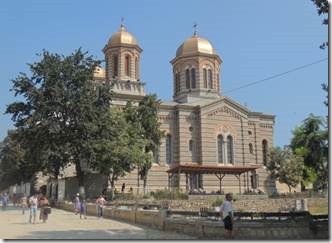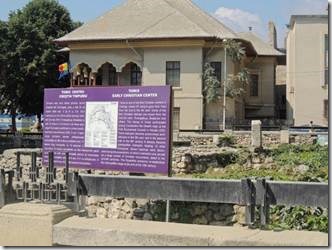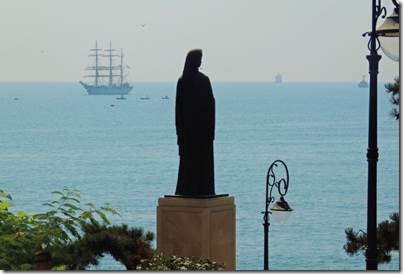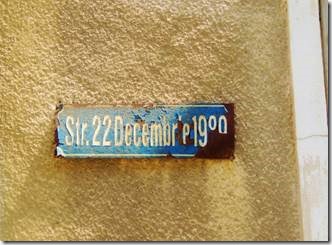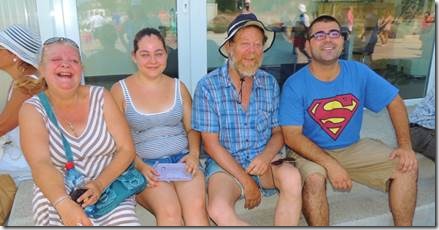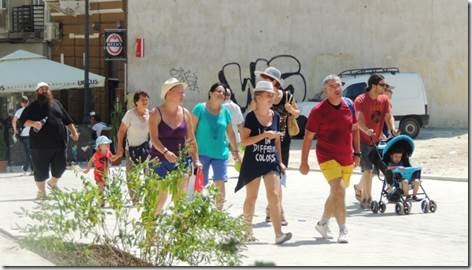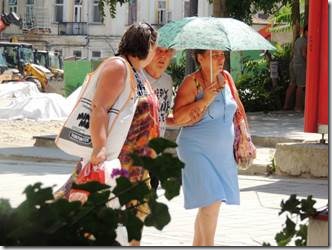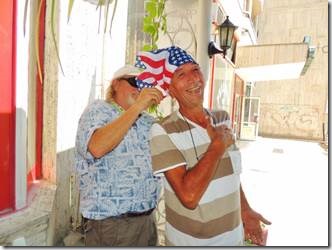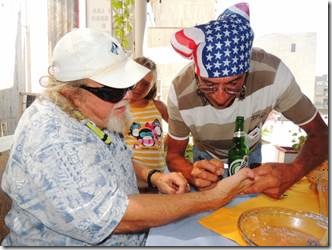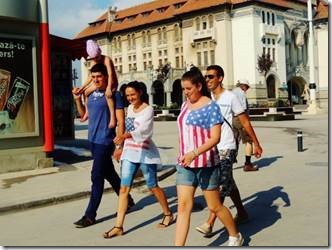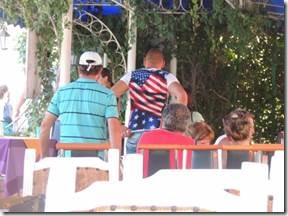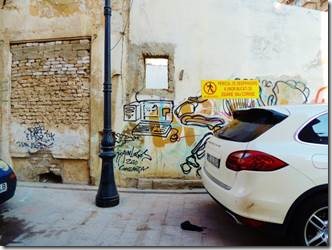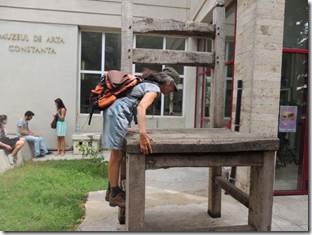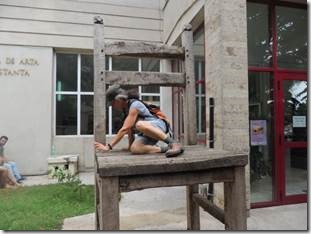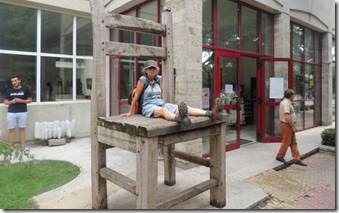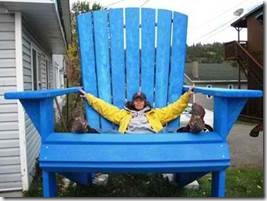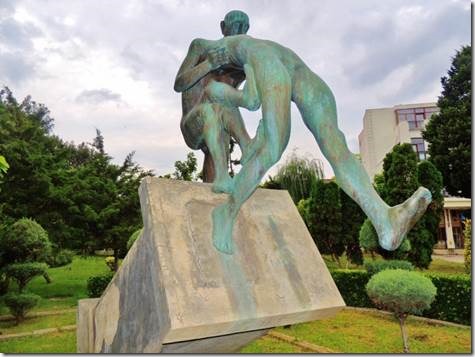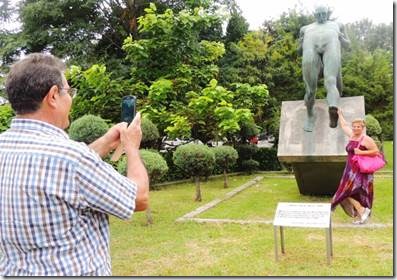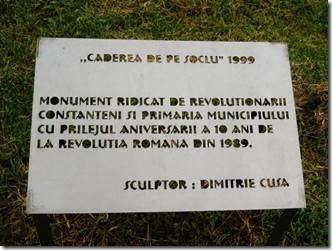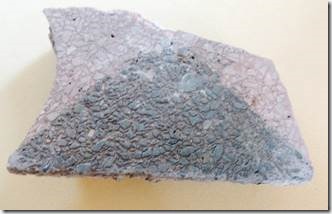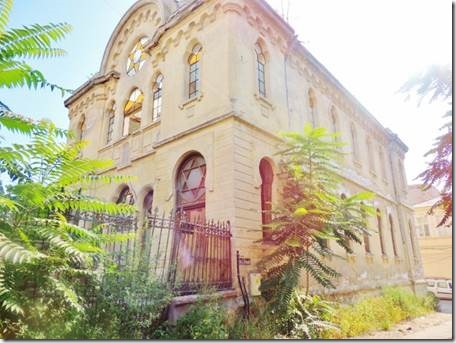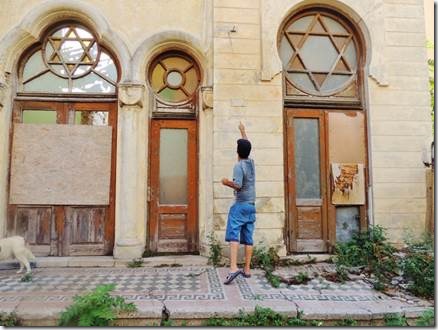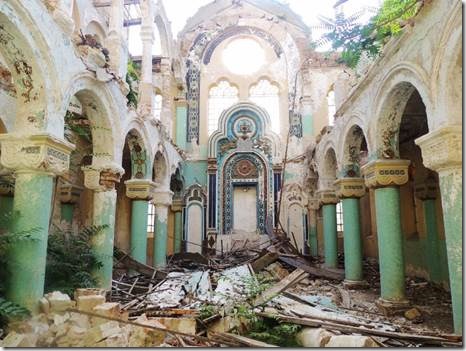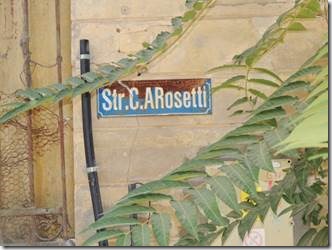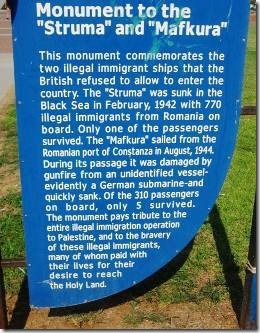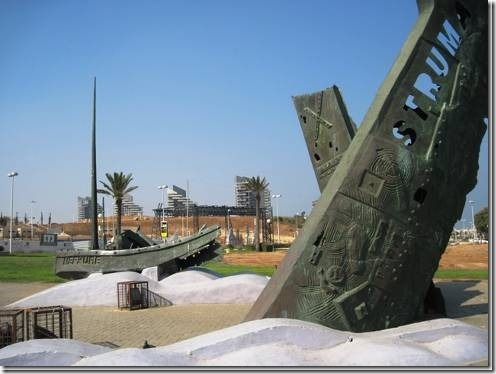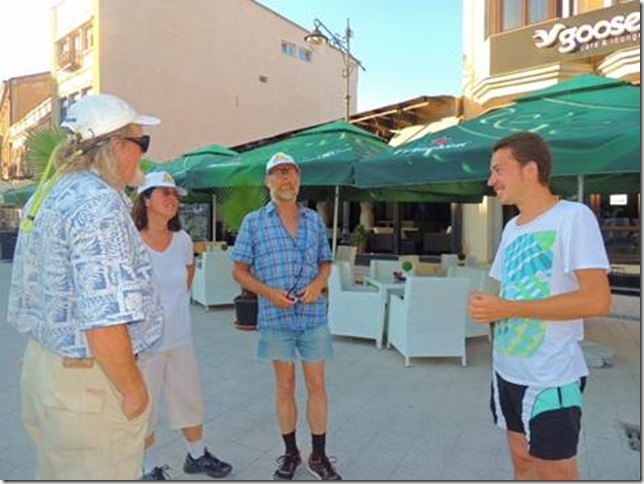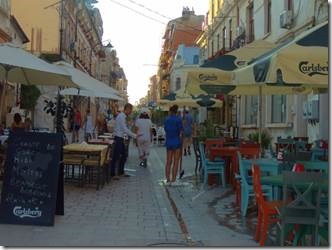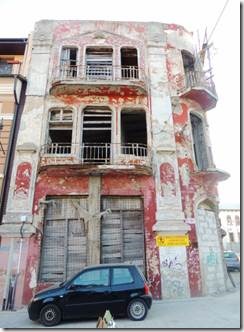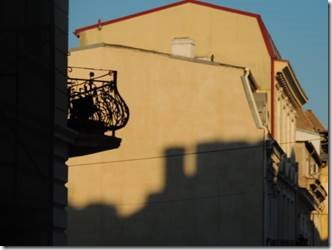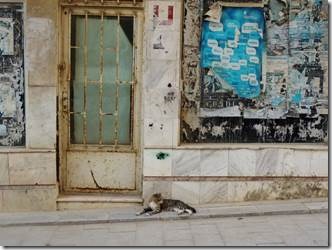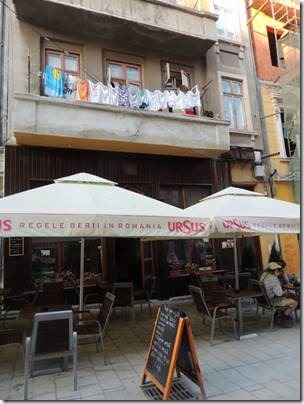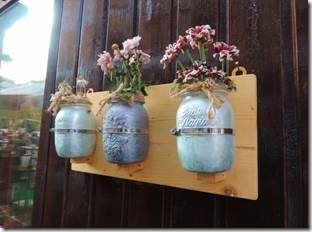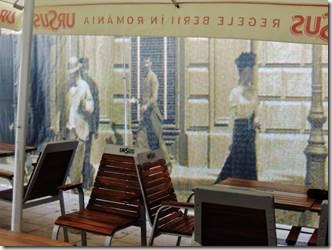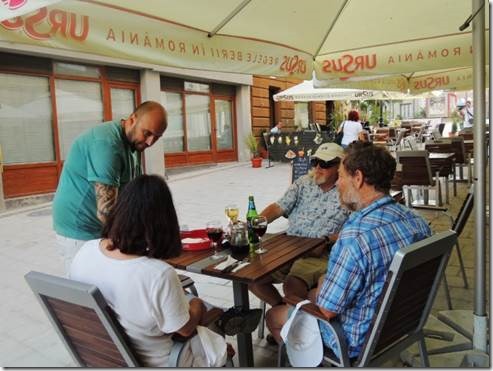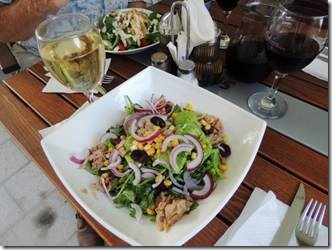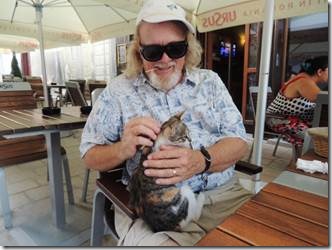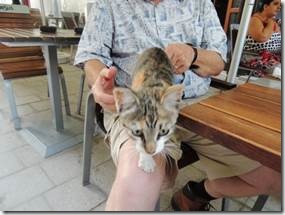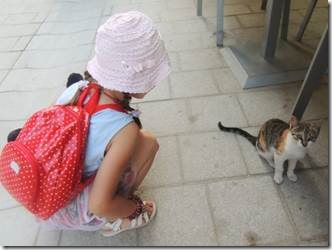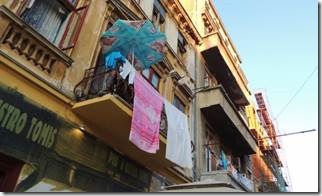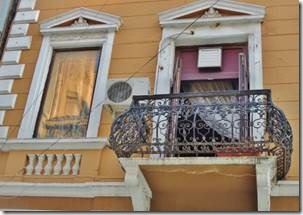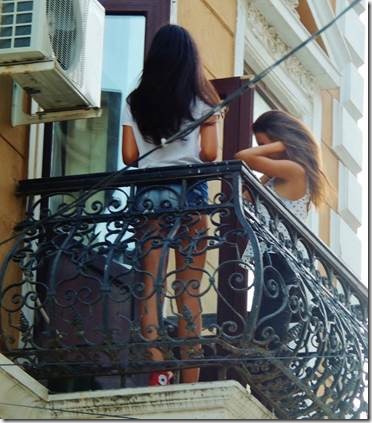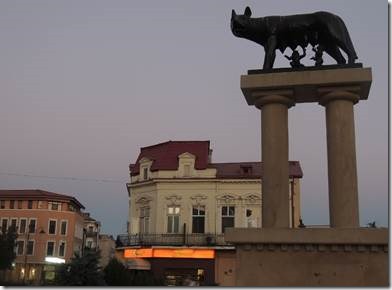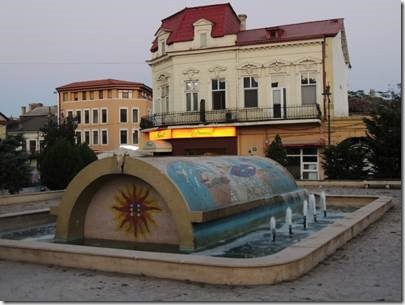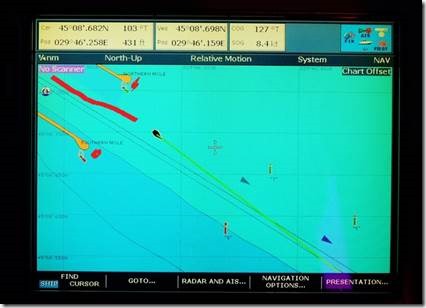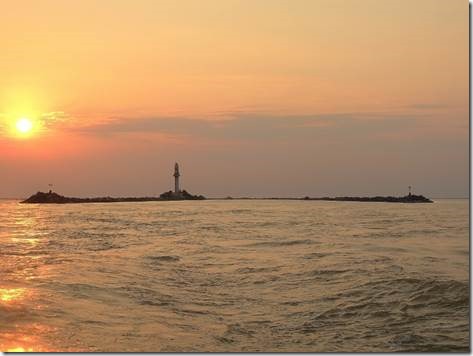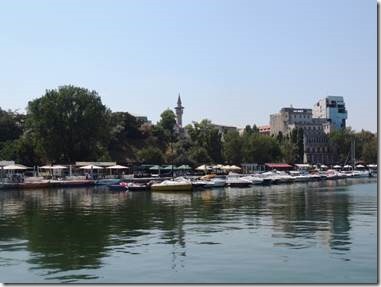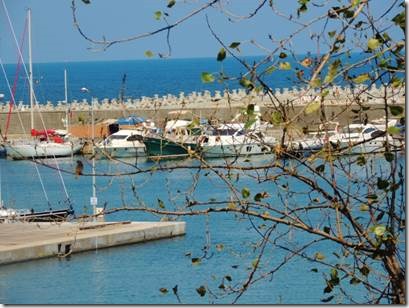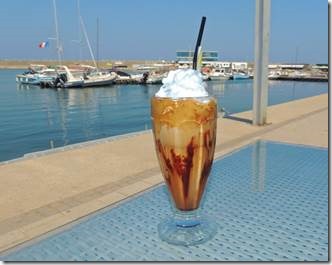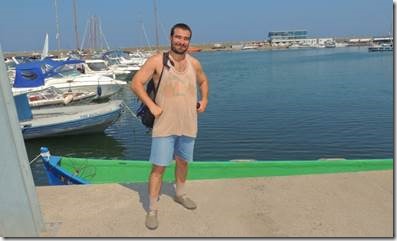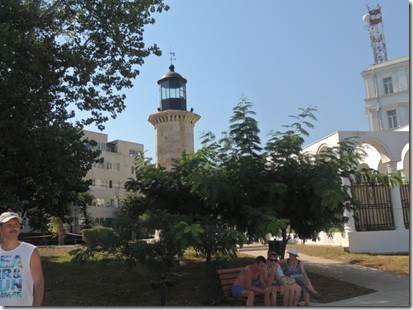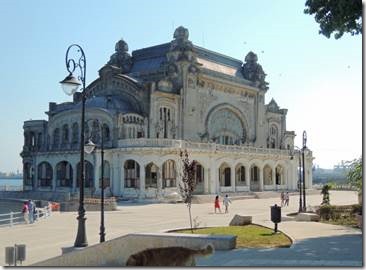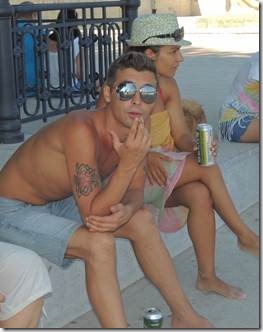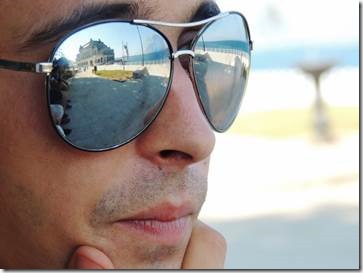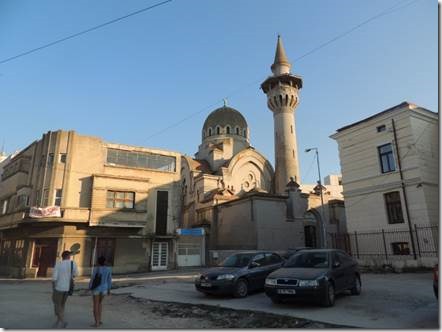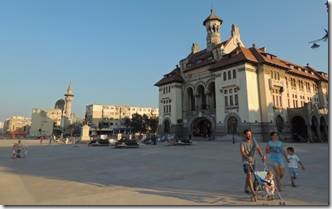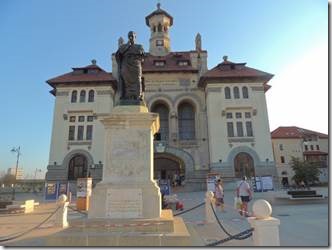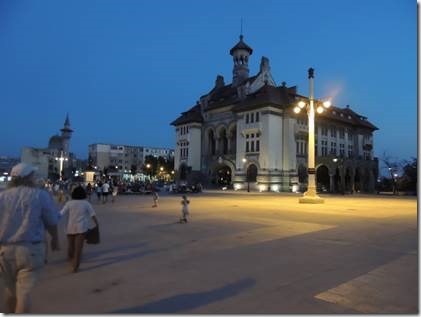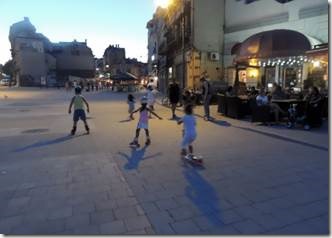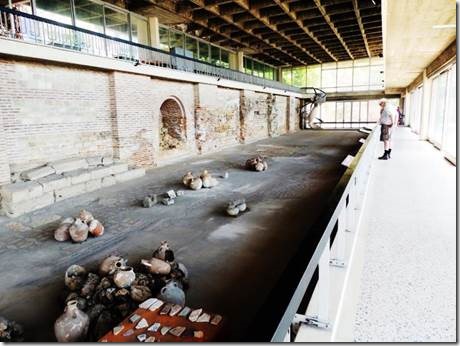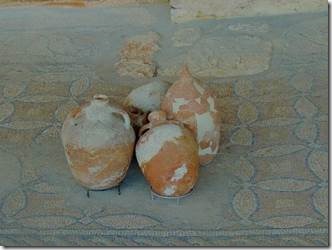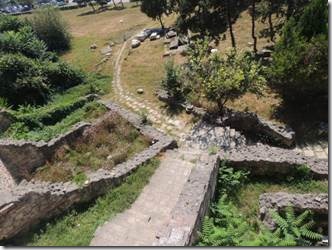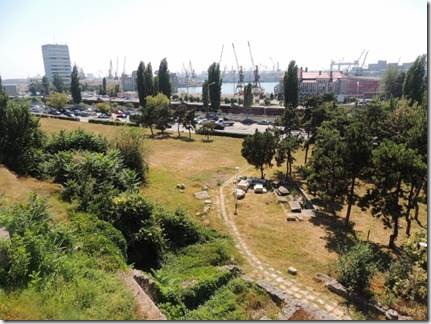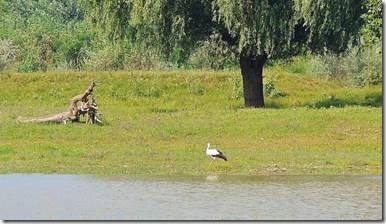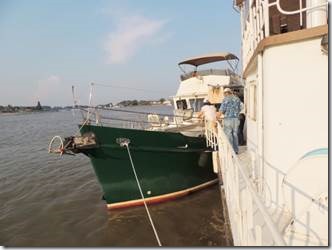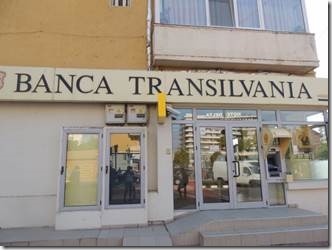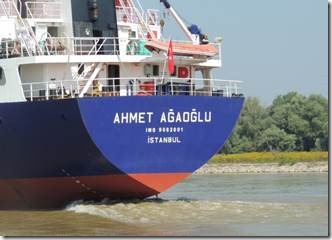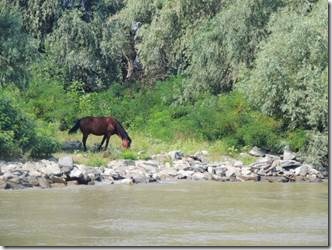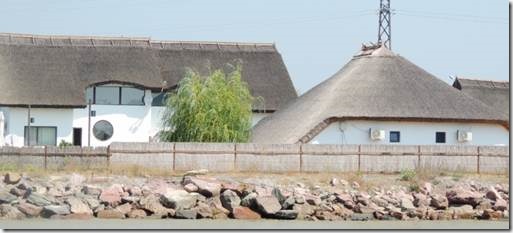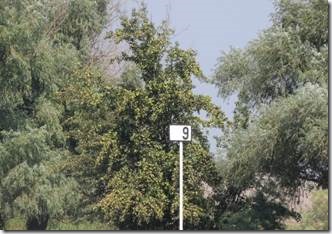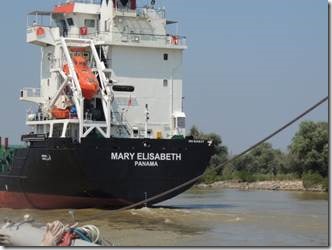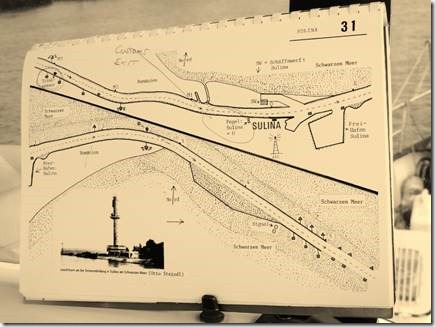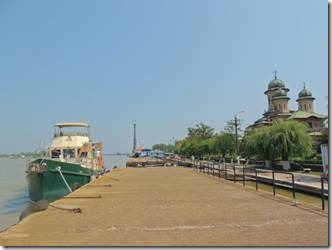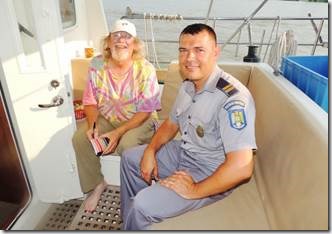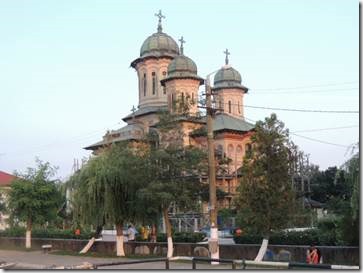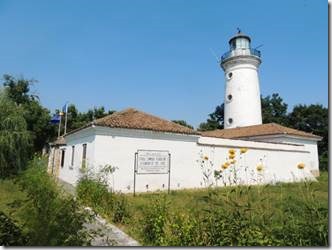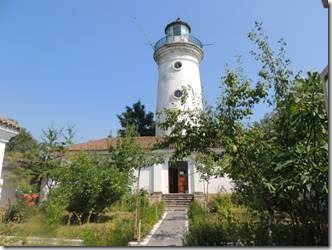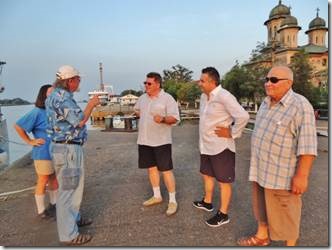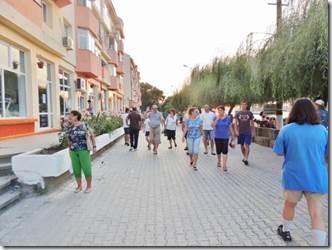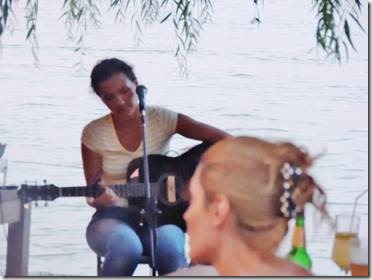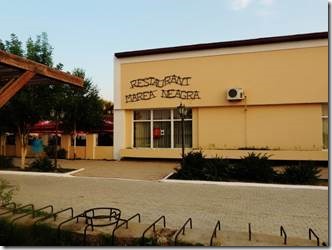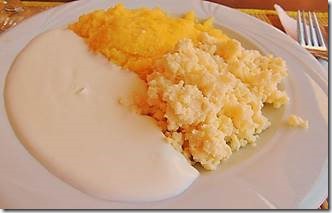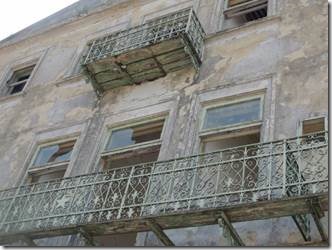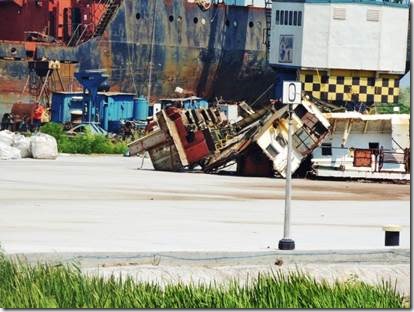Silivri, Turkey
Merhaba,
Another day, another day in Silivri. More loud concerts last night but far less charming than the night before. Sounded more like bad karaoke. That’s the curse of cruising life. Sea-sides often have bars and restaurants and bars and restaurants often have loud music. The water seems to amplify the effect too. Thankfully most stop by 2 am… So far the weather forecast says we’ll be able to shove off tomorrow for our next anchorage between here and Çanakkale. Not that Silivri isn’t a lovely town, but I’m ready to be done and twirling around on anchor gets old fast. Thank goodness for my Kindle which I can’t believe I’m saying, but it’s true. I’m now a convert for travel. When we’re home it will be back to those lovely books from the library.
We have actually booked our tickets home for September 20th. We have lots to do at home. Randal wants to get our land cleared to begin thinking about the shape of our future house and he also needs cataract surgery in one eye for sure. I have cataracts but they’re stable so can wait. We’ll have the compliment of doctor and dentist appts. as always. Hope to see many of you as we’ll be home until December 16th. Then it will be back to Marmaris for the winter.
I’m really getting caught up with the email! This is the second and final one about Sozopol. I do recommend eastern Europe for travel if you’ve not been there and want something a bit different but not really too different. From Sozopol we stopped in Tsarevo to check out of Bulgaria. It was just a few hours stop where we stretched our legs and did the check-out formalities before heading off overnight to Istanbul. When we arrive in Marmaris we will have circumnavigated the Mediterranean which isn’t the world circumnavigation Randal had hoped to do, but it’s certainly an accomplishment.
Ru
Sozopol 2
When I found the information about the Sozopol Fiction Seminar, the name Elizabeth Kostokova didn’t ring any bells. So I looked her up. I love her books! She wrote The Historian and The Swan Thieves. The seminars are for both Bulgarians and English speakers and as I know several folks who write, I thought I’d post this for something they should keep in mind.
Sozopol Fiction Seminars (29 May–2 June 2014) (but it seems to be annual so look for 2015)
The Elizabeth Kostova Foundation offers its seventh annual summer fiction writing seminar in the ancient town of Sozopol, Bulgaria. The seminar program consists of intensive daily fiction workshops, roundtable discussions, guest lectures and literary readings by faculty and participants. Fiction writers from Bulgaria and fiction writers from English-speaking countries, including but not limited to the U.K. and the U.S., are invited to apply. A total number of ten applicants will be selected for participation and funding.
Follow-up events as a part of CapitaLiterature, an annual literary program hosted by the Elizabeth Kostova Foundation in Sofia, Bulgaria, will take place on 3 June 2014 in the Bulgarian capital city.
The Elizabeth Kostova Foundation was established in 2007 by the American writer Elizabeth Kostova in order to promote the teaching and professionalization of creative writing in Bulgaria; to encourage, challenge, and publish highly talented literary writers in Bulgaria; to create connections among Bulgarian, American, and British writers; to assist in the training of translators for contemporary Bulgarian literature; to facilitate the publication of Bulgarian writers in English; to nurture readership of Bulgarian writers in Bulgaria and abroad
http://www.contemporarybulgarianwriters.com/
|
St Kirik Peninsula across from Sozopol. DoraMac was at the very end of the dock at the very back of the marina. But the marina was very close to town so the walk not so far as in Constant or Varna. |
|
View from our dock on a Kodak color morning. |
|
The Art Museum was at the northern tip of Sozopol (which isn’t so far at all) had only been opened a week we were told and didn’t look quite ready for visitors. I just peeked in for a minute but saw folks hard at work cleaning so left. These two sculptures were in the lobby. I especially like the hands. |
|
Coffee time. The coffee was quite strong but adding hot water made it just fine. |
|
The shelves near the register held some interesting stuff so I took a photo. This caught our waitress’ attention. She pulled a huge crab claw from the display and told us it was the largest taken from the Black Sea. A future furniture designer with dreams of apprenticing or studying in Italy, her English was excellent as she’d spent summers in the US in coastal towns. This was her first summer in Bulgaria because now finished with university she no longer had a student visa to visit the US. Travel should be encouraged! It makes such a difference in how you see the world. I was attracted by the little people and didn’t really notice the claw behind them. She had a dream, but not a plan which is better than no dream and no plan. At least with a dream you have a reason for a plan. |
|
This shop had the most beautiful felted clothing. The colors were gorgeous and vibrant. In places it had been made to look almost shear and delicate. The clothing was made by the owner’s wife. Sadly he had no card so I’ve printed the shop sign big below if anyone happens to go to Sozopol which I highly recommend. |
|
Horse and carriage tours were available. Makes you wonder what the horses are thinking? How’s your retirement fund doing? What was our owner thinking? You don’t catch him wearing one of these pink poofs. Our carriage is a Mercedes. I must say I think those poofy things do keep the flies off even if the big pink ones do look a bit goofy. We saw the Mercedes carriage on the street leading into the new town area. |
|
The main street in the new town overlooked the Central Beach of Sozopol on the east side of the old town peninsular. |
|
Just silly |
|
In the morning we’d all walked into town for a few groceries at the small grocery store nearest the marina in the new town. In the afternoon Mary and I made one more pass through the old town for any last “must haves” and for a seaside lunch. |
|
A beautiful view and the best fish soup of the journey. I wanted fish soup but the menu didn’t list it so we asked. He : No we don’t have fish soup. She: Yes we do have fish soup. It’s 10 Lev. It’s 12 Lev. Between the two waitstaff I did manage to get my fish soup and it was wonderful even for 12 Lev which is about $8. My small bottle of Schweps soda water was about $1.50. Plus tip for Frick and Frack. The fish broth was buttery and flavorful and there was enough fish to make a meal. A half dozen mussels just added to it all. What fish soup is supposed to be along the seaside! You can see from the rim around the bowl that I’d started eating before I remembered to take a photo. |
|
Also our lunch view…. The woman by the water was a great subject and I have several photos Every place is better with a book! |
|
She was reluctant but as I’d bought two of her doilies, she agreed. It least I know what I bought was made in Sozopol, Bulgaria. |
|
This enterprising young girl was collecting mussels from the concrete dock at the marina. |

